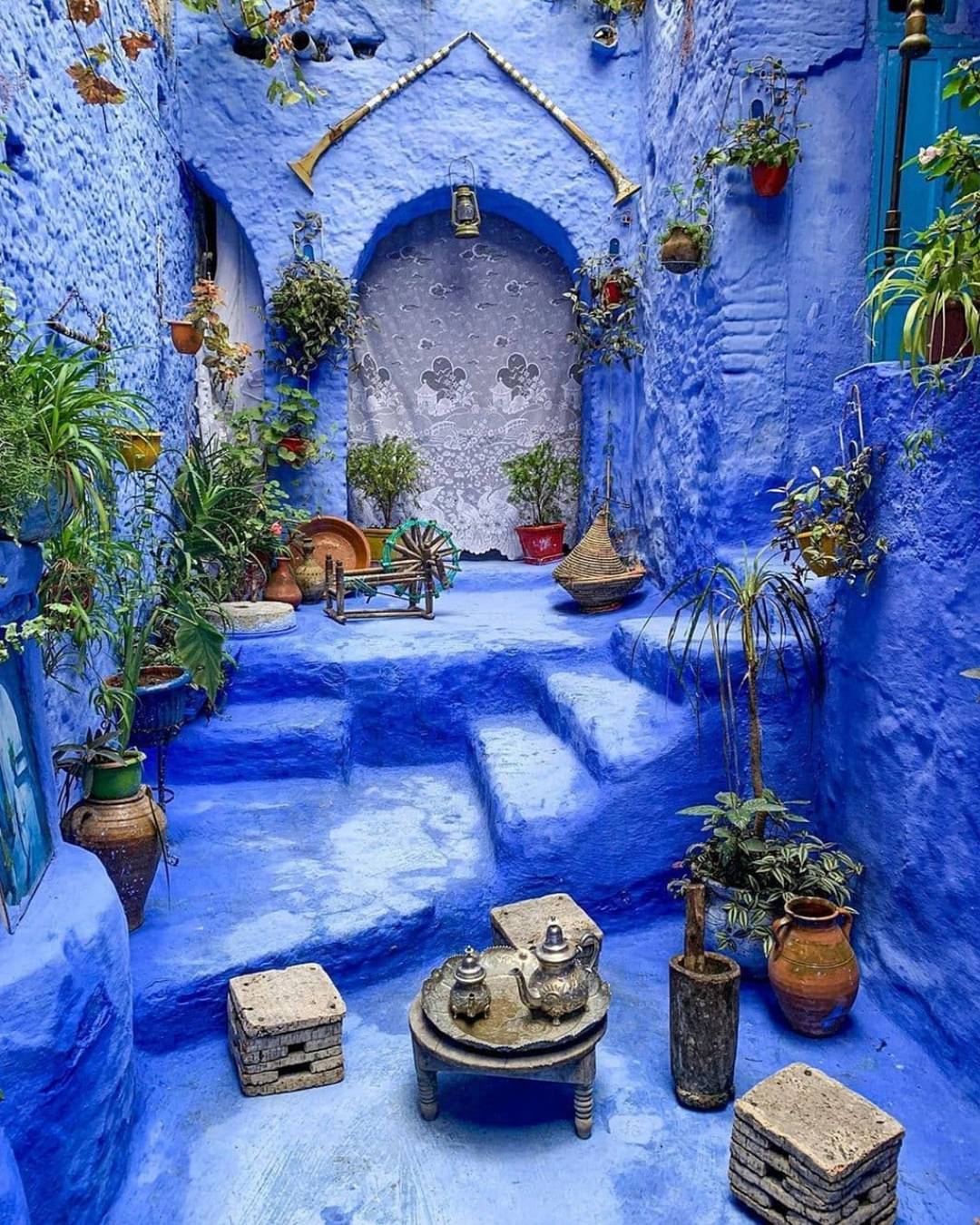Exploring the potential of Maghreb-made fashion
Etam opens a factory to manufacture in North Africa
The Etam Group, specialist in lingerie in France and around the world, has announced the opening of its first lingerie manufacturing plant in Tunisia. Manufacturing in the Maghreb is a strategic decision for the French group. The factory will supply all 4 group brands with lace. And it will use an innovative dyeing technique that requires no water consumption. China has long established itself as the workshop of the world. The entire country is recognized as the destination where anything can be produced to any level of quality. The Covid crisis, which made China inaccessible for several months, forced buyers the world over to review their sourcing strategies. As a result, factory owners in the Maghreb recovered huge markets. And although the crisis is over, the trend is still going strong.
Why manufacture in North Africa?
The advantages of production in the Maghreb are numerous for fashion brands worldwide, and particularly for French brands. Firstly, cultural and geographic proximity facilitate exchanges to develop collections. Buyers and manufacturers communicate in the same language, with no time difference. Secondly, delivery times are much shorter. This means efficient management of restocking orders. Consumer demand is satisfied. This responsiveness also enables us to offer new products in line with the latest trends. Producing a collection that meets customers’ expectations is a guarantee of full-price marketing without promotion.
The output rate (margin coefficient calculated once the collection has been sold) of collections purchased in short circuits, i.e. in geographical proximity, is higher than that of collections purchased in long circuits. It would therefore be more profitable for brands that sell in Europe and have warehouses in Europe to produce in Africa.
Morocco and Tunisia are world-renowned producer countries . They supply the world’s most demanding brands. Factories in the Maghreb meet the highest quality standards. Auditors regularly inspect and certify these factories. Textile know-how is not limited to the lingerie sector. The Maghreb region is also renowned for its expertise in leather and its megisseries, for its expertise in denim, knitwear and warp and weft.
Leveraging the local expertise of Maghreb manufacturers
Communication work is needed to promote the expertise and know-how of the African continent. It’s a real challenge for subcontractors to find their place without remaining in the shadow of their principals. However, it’s a challenge that needs to be taken up if we are to gain recognition and invite all those who dream of relocating to consider the Maghreb as a possible ideal solution.
Covid’s unfortunate turn of events has reshuffled the cards of global sourcing in the fashion industry. If this change is to be temporary, subcontractors must take their place at the forefront of the international scene.
It’s important to shake up the traditional images associated with the Maghreb. Indeed, North Africa is not just a tourist destination. The Maghreb should be seen as a business opportunity. It’s a privileged territory for developing a thriving fashion industry.
Read also the portrait of Alia Baré, a designer who has opened a manufacturing workshop in Dakar: Alia Baré, the art of fusing entrepreneurship, creativity and design


